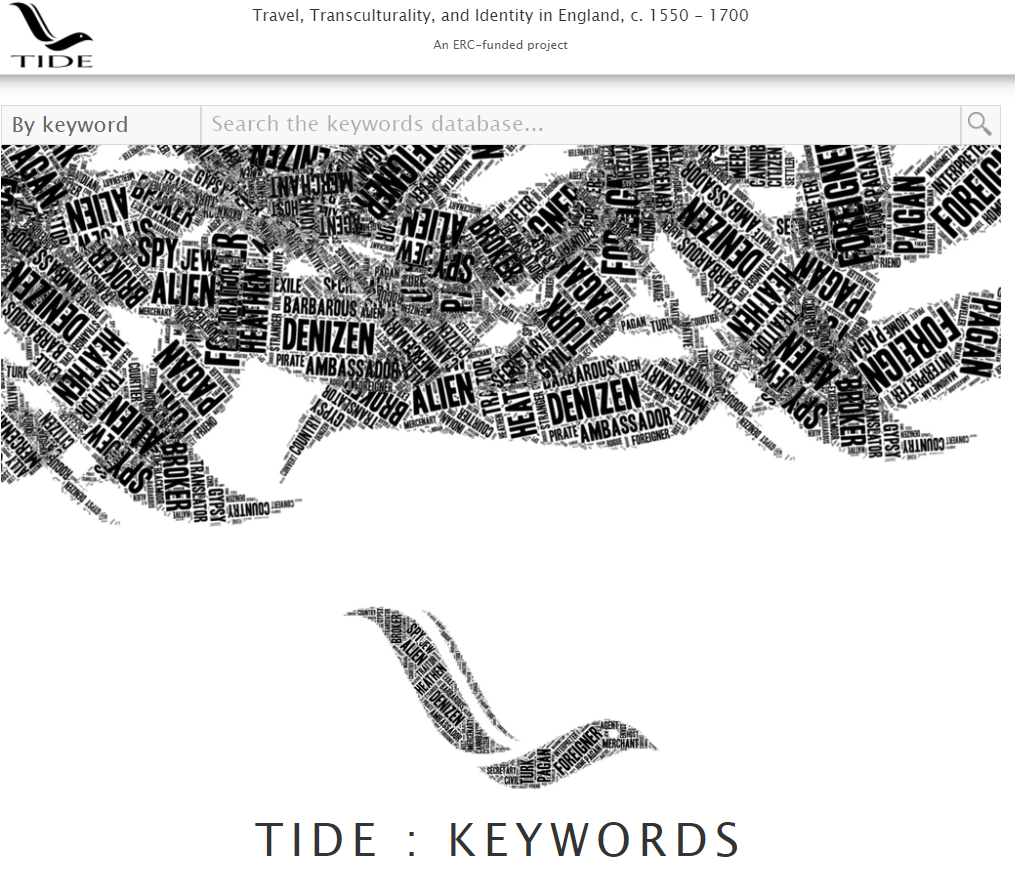
https://voices.uchicago.edu/slavicult/
The Working Group on Slavery and Visual Culture is an interdisciplinary forum created to discuss research related to images of slavery and the slave trade as well as the creation and use of images and objects by enslaved peoples and slaveholders. Our aim is to explore the multivalent relationship between slavery and visual cultures, examining themes such as visuality and memory of the slave trade; the role of the gaze and surveillance in slave societies and societies with slaves; regional comparisons of visual regimes associated with slavery; visual culture’s connection to racialized regimes of slavery; and the roles played by self-fashioning and the accumulation of visual capital by the enslaved.



